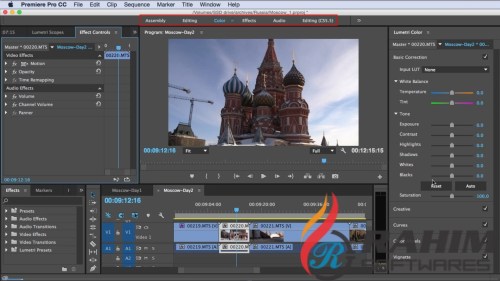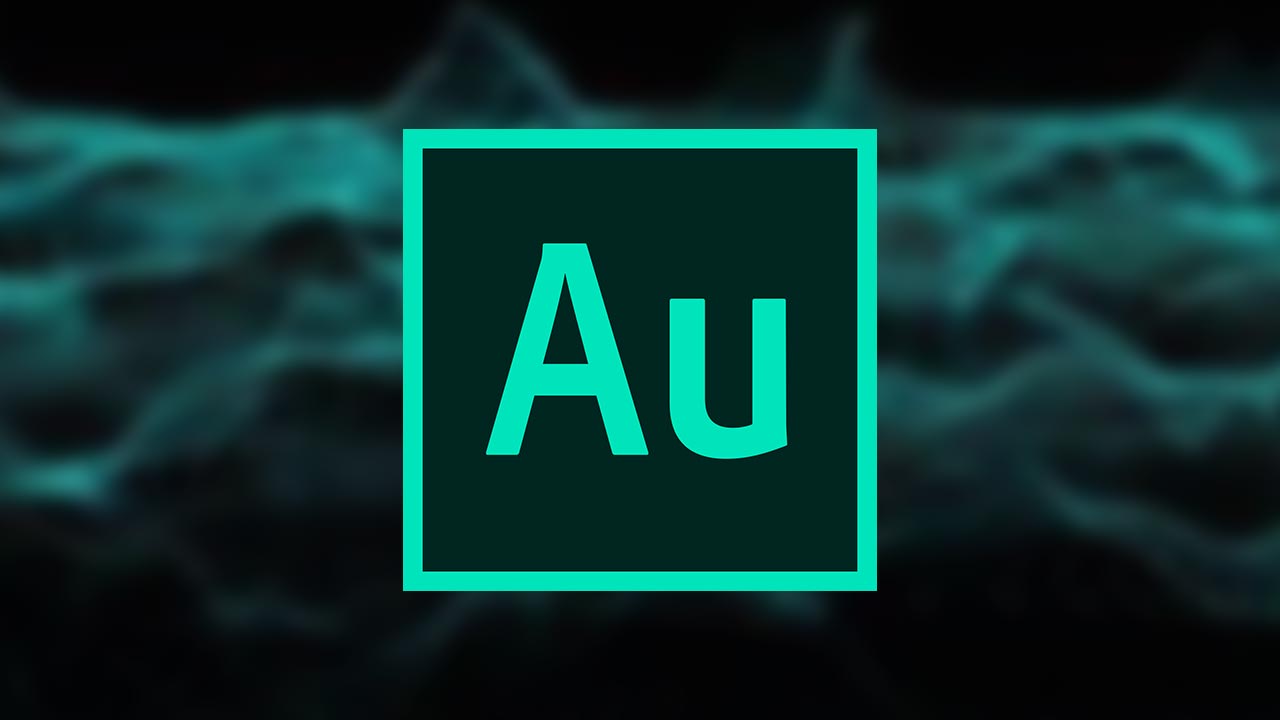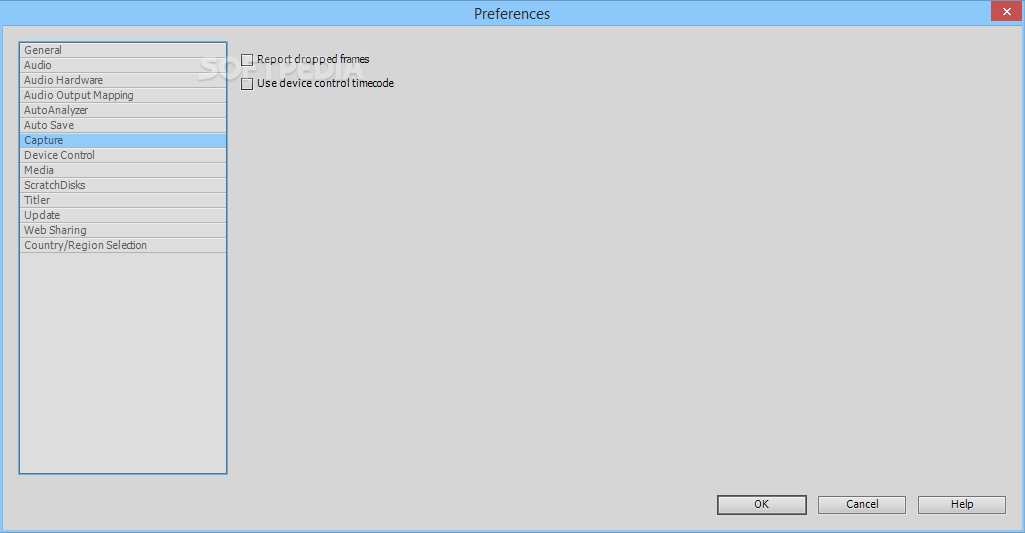

Understand the Creative Suite Graphics Workflow

Of course, keep in mind that bigger images use more RAM and need faster disk speeds to display. There’s also a maximum dimension of 32,768 pixels in either direction. The maximum still or movie image frame size that can be imported is 256 megapixels. Unlike other editing tools, which may limit their graphics to 4 KB, you’ll have greater range in Adobe Premiere Pro. Keep in mind that Adobe Illustrator files will be flattened. CMYK and even grayscale will cause weird color shifts or even incompatibility. In Adobe Illustrator, choose File > Document Color Mode > RGB. We recommend developing and saving 16-bit TIFF files. You should process any raw still images using Adobe Lightroom or Adobe Photoshop. You can open a PDF in Photoshop and crop or extract images. It’s a concept that just doesn’t make any sense in the video world. Perhaps it’s because PDF files span multiple pages that they won’t work. With that said, here are a few key points to keep in mind when importing graphics into Adobe Premiere Pro: Either import via the File > Import command (and click the Image Sequence button) or via the Media Browser (where you’ll find the switch under the panel menu). These sequences are a number of sequentially numbered stills. Image sequences are also often used with time-lapse cameras.

You need to copy or clone the desired media to your media folder at the operating system level.Įven cameras/systems that can’t output QuickTime or AVI files often can produce an image sequence. If you move them (or eject the card), you’ll no longer have access to the footage (it’ll then be offline). įor all supported formats, remember that they’re imports, not captured footage. You can find the full list of supported formats at. Fortunately, Adobe Premiere Pro handles almost everything. Realistically, we don’t always get these choices. It’s always best to work with the least compressed file type, with the XDCAM files instead of the Flash file that was posted to the Web, and with the TIFF rather than the JPEG from your client’s smartphone. We suggest Apple Compressor because it’s the least expensive of these tools. Apple’s ProRes codec (decoder only) can be downloaded as part of Apple’s QuickTime installer, and consider paying for the Pro install, which contains extra features, at To actually write ProRes media, you must have a Mac, and your system must have at least one Apple application that can write ProRes.


 0 kommentar(er)
0 kommentar(er)
